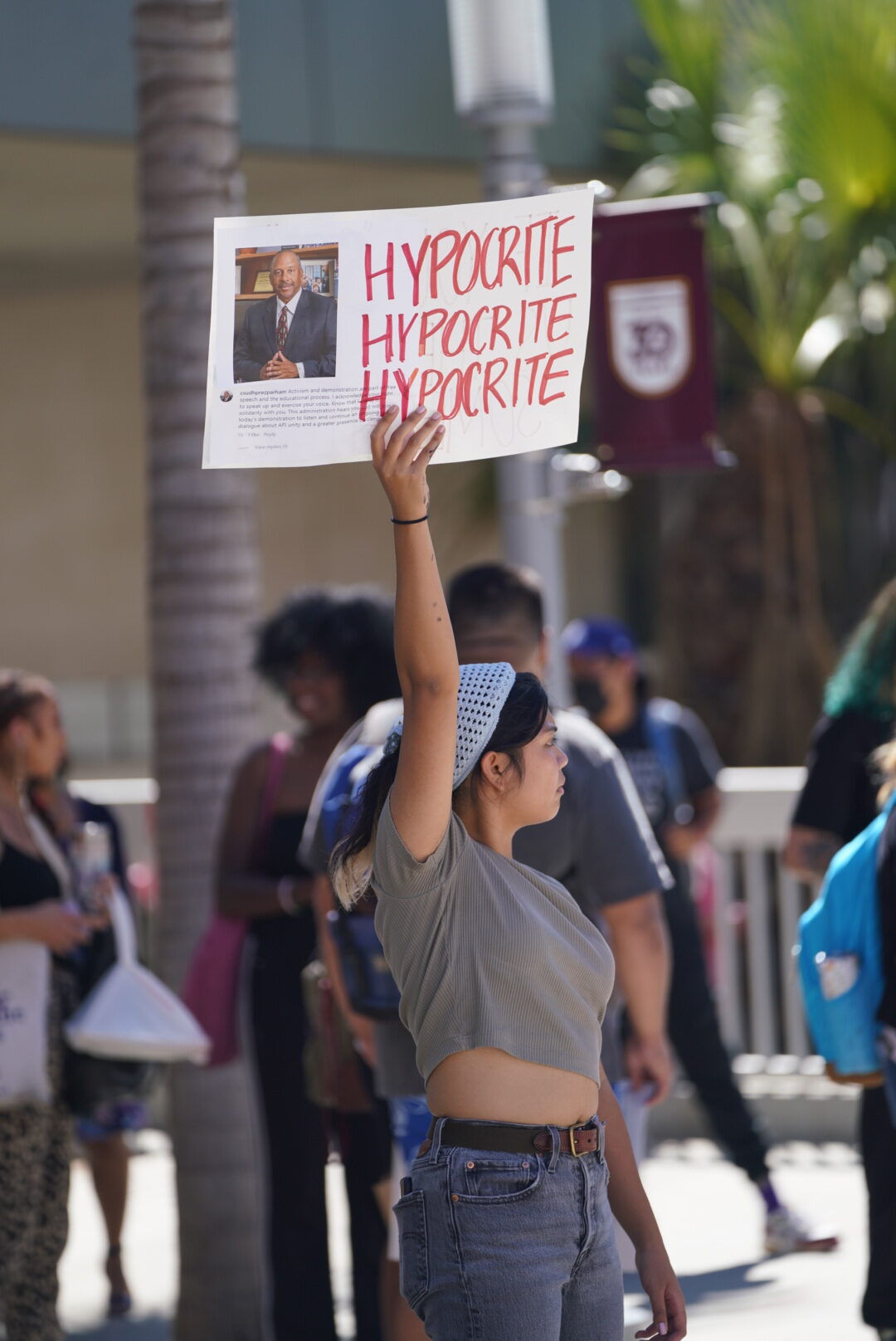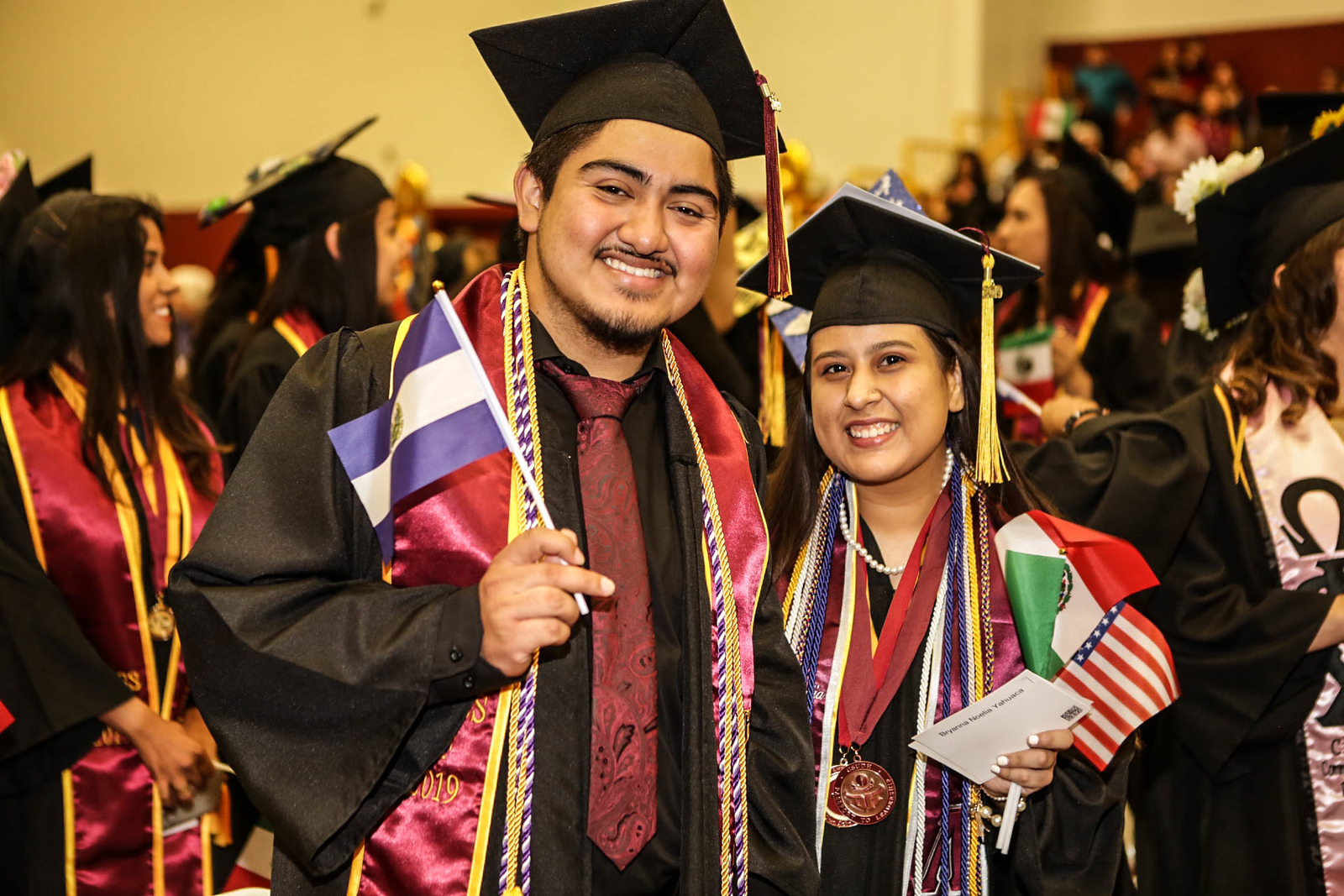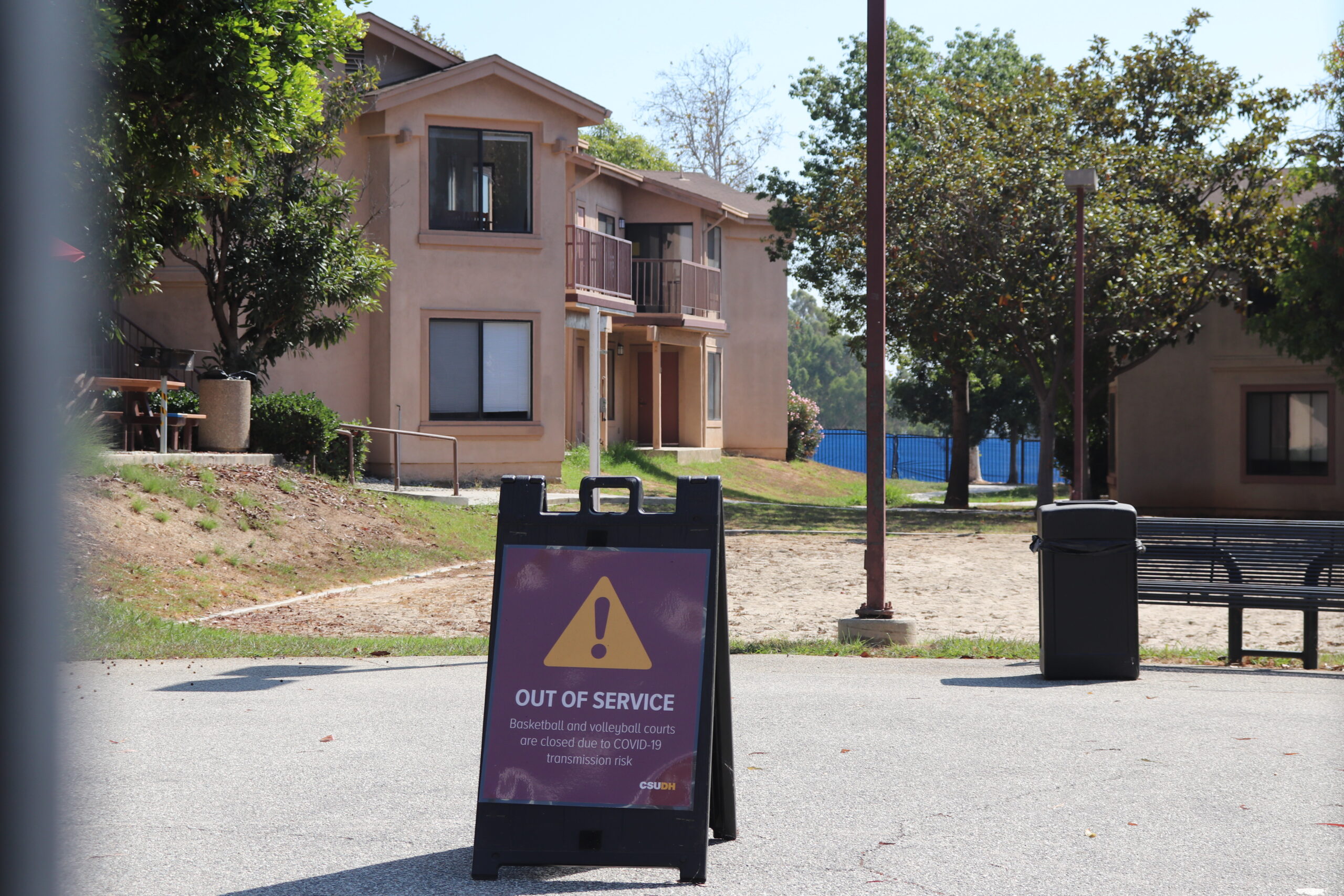By Daniel Rivera
Photos by Dylan Bertani and Javier Perez
As Provost Michael Spagna was inside the University Theater Thursday stressing the importance of the university’s cultural centers, right outside the theater a group of approximately 40 protesters representing various Asian and Pacific Islander organizations had a different take.
“We’ve been promised a center for five years,” said Tele’sia Mau’u, the president of Oceania, an API student organization on campus.
The rally went on from about 10:30 a.m. to about noon, with protesters holding signs and occupying both sides of the west walkway while still allowing students to pass through.
Oceania was one of several student organizations at the rally, which organizers said was designed to raise awareness for the need for Asian and Pacific Islander students to have their own cultural center dedicated to their needs and success.
As previous reporting in the Bulletin has said, the Asian Pacific Cultural Center (APCC) was supposed to launch a year ago. However, its director, Nate Nguyen said while plans had been made, the campus never delivered.
“At one point there was a location selected for the Cultural Center,” Nguyen said.
Mau’u agreed: “They offered us a space and then immediately took it back,” he said.
(The Bulletin could find no mention on the university website of an API cultural center having a space on campus. On the Torolink website, which includes links to the various cultural centers around the campus, the APCC is the only center with a “coming 2021-2022” designation.)
Nguyen said Thursday’s demonstration was to make clear to the administration three demands:
- Prioritizing the success of API students who, some claim, have been underserved and underrepresented.
- Designate a cultural center for students who identify as Pacific Islanders or East Asians similar to other affinity centers, such as the Latinx Cultural Center and the Queer Cultural and Resource centers.
- Invest into recruiting and retaining more API students. (According to the CSU Enrollment Dashboard, the Asian population at CSUDH peaked in fall, 2016 with 1,511 students, or 10 percent of the total student population. In fall, 2021, the most recent year on that website, Asian students at CSUDH numbered 1,280, or 8% percent of the total population. In the CSU as a whole over the same period, the Asian population has stayed the same, at 16 percent).
Ash Fernandez, a junior carrying a sign that said ”Service Delayed, Service Denied,” said protests will continue as long as the administration’s “lack of support for a dedicated space,” continues.
The Bulletin has reached out for comment from both the Office of Student Life and the Multicultural Center, but as of 3 p.m. Friday, had not heard back.
In his remarks during Thursday’s Fall Convocation CSUDH President Thomas A. Parham alluded to a space for an API cultural center as one of the challenges facing the university, along with the Women’s Resource Center need for a space and faculty calls for higher wages.
“Our API community (is) calling out for more space, representation and unity on campus,” he said. “ We have staff in the women’s center arguing for more and different space and both somehow believe, mistakenly so, that this administration is less in tune with their needs and is not caring about their concerns.”
Parham pledged that he would continue to “fight for a more equitable distribution of resources” from the CSU and state for “all those things that will help us heal in the broken places and continue to climb the ladder of educational excellence.”
“This administration and I need you to believe that despite our resource constraints in terms of budget, people and space, we are going to continue to move forward to try and continue transforming this campus into the model urban university that I think we can become,” Parham continued.
But he also challenged those who are disappointed or angry to focus their “energies and advocacy at the systems of oppression that foster these inequities and the challenges out there that…we cannot control., rather than (turning) on each other such that each group challenges the other for favorite status.
“No one around here from our gardeners up to senior executives get paid enough. Nobody does. Nobody has sufficient space, and nobody’s office has sufficient personnel to staff it. We are not that deep and no one has a monopoly on the suffering that lots of us experience.“



